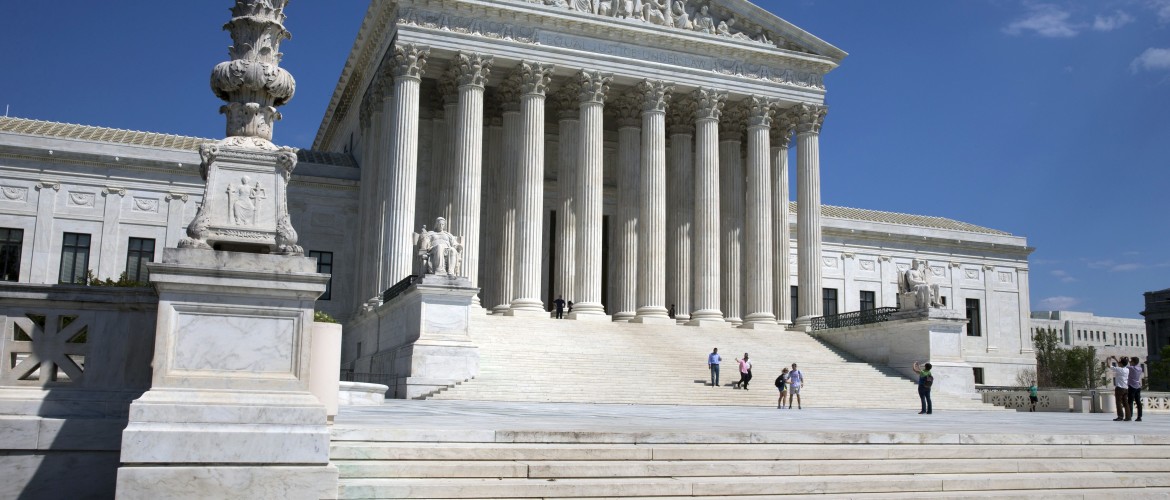Cosplay Goes to the Supreme Court

Yes, you read that right: the Supreme Court of the United States may get to decide the legal status of all those Jedi robes you’ve got squirreled away. The Supreme Court is considering a case that will set the standard for when clothing and costume designs can be covered by copyright—and when people who mimic them (such as costumers) can be sued for potentially enormous damages.
The parties to the case, Star Athletica and Varsity Brands, both design cheerleading uniforms. Varsity claims that major portions of their designs are entitled to copyright protection, while Star Athletica points out (and is backed up by a long line of caselaw) that clothing designs are explicitly exempted from copyright. Their arguments rest on different interpretations of a legal concept known as “separability”—a topic so abstract and murky that even seasoned copyright lawyers avoid it.
To understand the case and its impact, you need to keep in mind two things. First, copyright protects creative works. It does not protect what it calls “useful articles,” or items which are designed purely for utility. Copyright protects a statue; it does not protect the chisel.
So, when you have an object that is both functional and creative, things start to get fuzzy. It’s pretty obvious that this…

…is about as useful as it gets. It’s a no-frills lamp; there’s a bulb, a socket, and light comes out of it. This lamp is designed solely to generate light. But twist the bulbs around, give it a bit of flair…
… and suddenly it’s not so clear where the functionality ends and the art begins. Take it several steps farther….

…and you can see where form becomes more important than function.
If you think all of this sounds more like philosophy than law, you’re not alone. Courts have floated no fewer than nine separate theories about how to best separate creative from non-creative aspects of a work, and the Sixth Circuit Court of Appeals recently added to the confusion by creating a tenth.
And separability really goes sideways when we start applying it to articles of clothing, which courts (and Congress) have long treated as useful (i.e. functional) articles. “Fast-fashion” retailers rely on their ability to copy, alter, and mimic hot designs. Major outlets such as Gap, Forever 21, and H&M are literally dependent on their ability to design clothes that evoke runway trends, without having to pay exorbitant licensing fees to the original couture designers.
All of which brings us back to cosplay. If the Supreme Court decides on a test that gives a lot of leeway for “original” designers to sue others for infringing on the “look” of their clothing, costumers are left right in the crosshairs. And copyright damages can be positively massive, running up thousands of dollars per infringement. Public Knowledge will be filing in support ofStar Athletica’s petition before the Supreme Court, highlighting the scope of hobbyists and consumers that the ruling could impact.
Cosplayers are going to feel the brunt of this decision, one way or the other. The Supreme Court is quite literally deciding the test by which the legal status of cosplay will be judged. If the cut, color, and pattern of an outfit can be copyrighted, then cosplayers may very well find themselves on the wrong end of the law simply for doing what they love.
Check out our follow-up podcast episode from this blog post here.
Main image credit: Wikimedia Commons

